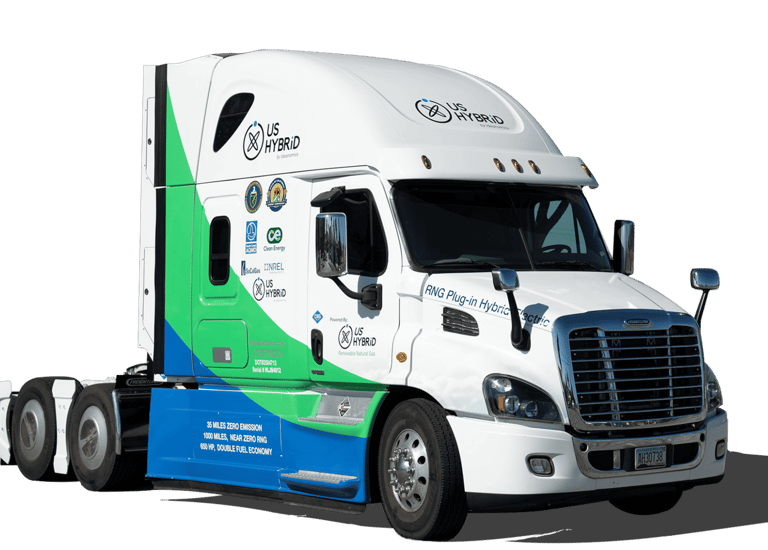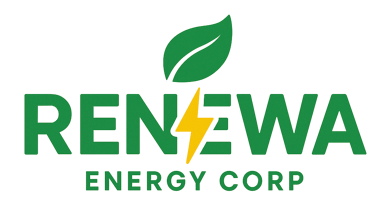
Energy Initiative
Renewa Energy Corp is spearheading a bold initiative aimed at developing and pioneering next-generation renewable energy projects across the U.S. Their efforts are centered on strong partnerships—with landowners, developers, and communities—to bring large‑scale clean energy installations from the ground up.
Renewa Energy Corp. is launching a bold initiative to develop and pioneer energy projects that merge new technologies with proven, reliable systems to meet today’s complex infrastructure demands. Rather than focusing on a single energy source, Renewa champions a diversified approach—adopting advanced tools and materials that enhance efficiency, reliability, and environmental performance across multiple applications.
The company is leveraging specialized designs to modernize energy delivery for municipalities, water treatment plants, and industrial operations. From intelligent control systems to advanced remediation technologies, Renewa’s projects are tailored to support cleaner operations, reduce waste, and improve overall system performance.
At the heart of this initiative is a commitment to innovation with purpose. Renewa is not only adopting breakthrough technologies but also strengthening and optimizing legacy systems to create durable, future-ready solutions. Through this integrated approach, the company is setting new standards for responsible energy infrastructure and environmental stewardship.
Current Initiatives
US Hybrid and Renewa Energy Corp. Launch Strategic Hydrogen Conversion Initiative for North America and Mexico
CA — October 10, 2025 — US Hybrid, a leader in hydrogen and zero-emission powertrain technology, and Renewa Energy Corp, a California-based renewable energy developer and EPC contractor, announced the launch of a Hydrogen Conversion Initiative aimed at transforming commercial and industrial fleets across North America and Mexico to hydrogen-powered systems.
Under this new initiative, Renewa Energy Corp will lead Business Development efforts throughout North America and Mexico—working directly with fleet owners, logistics operators, municipalities, and government agencies to deploy US Hybrid’s proven hydrogen conversion technology for Class A and medium-duty vehicles. The partnership’s goal is to accelerate the adoption of hydrogen fuel systems as a viable pathway to full decarbonization of the transportation sector.
The Hydrogen Conversion Initiative
This initiative represents a major step forward in building a sustainable hydrogen ecosystem that integrates:
Fleet Conversions: Transitioning heavy-duty trucks, buses, and specialty vehicles from diesel to hydrogen-electric propulsion using US Hybrid’s advanced conversion systems.
Infrastructure Development: Coordinating fueling hubs and service networks to support large-scale adoption.
Economic Integration: Establishing supply chain and workforce programs throughout California, the U.S., and Mexico to drive regional economic growth through clean technology deployment.
Incentive Alignment: Leveraging federal and state programs—including CARB, CEC, DOE, and Mexico’s clean mobility initiatives—to reduce conversion costs and accelerate deployment timelines.
Leadership Statements
“This initiative positions hydrogen as the cornerstone for zero-emission commercial transport,” said Jason Lucas CEO/President. “Renewa’s leadership and presence across North America and Mexico make them the perfect partner to expand US Hybrid’s proven technology platform into new and emerging markets.”
“Renewa Energy Corp is honored to lead business development for this initiative,” said Paul Magaña, CEO of Renewa Energy Corp. “We are building a continental framework for hydrogen adoption—connecting fleet operators, energy providers, and policymakers to deliver practical, economically sustainable conversions at scale.”
Regional Focus
United States: Logistics hubs, ports, utilities, and municipal fleet conversions.
Mexico: Cross-border transportation and manufacturing partnerships under the USMCA framework.
California Launch Markets: Los Angeles, Moreno Valley, and the Inland Empire, expanding into the Coachella Valley and Imperial Valley.




Legal Statement
Unauthorized use of information from Renewa Energy Corp. is strictly prohibited and will be pursued with legal action at the federal level within the United States and through international law enforcement agencies such as Interpol. We take the protection of our proprietary information seriously and will vigorously prosecute any infringement to the fullest extent of the law to safeguard our intellectual property and business interests globally.
© 2025. All rights reserved.
